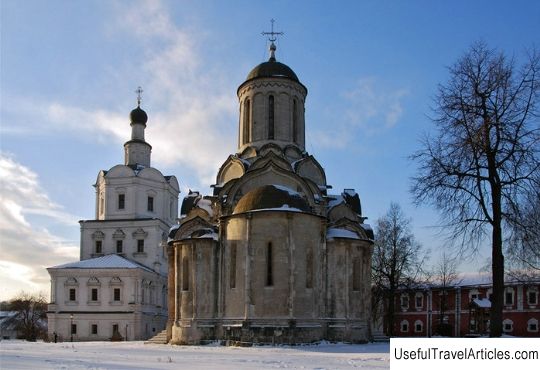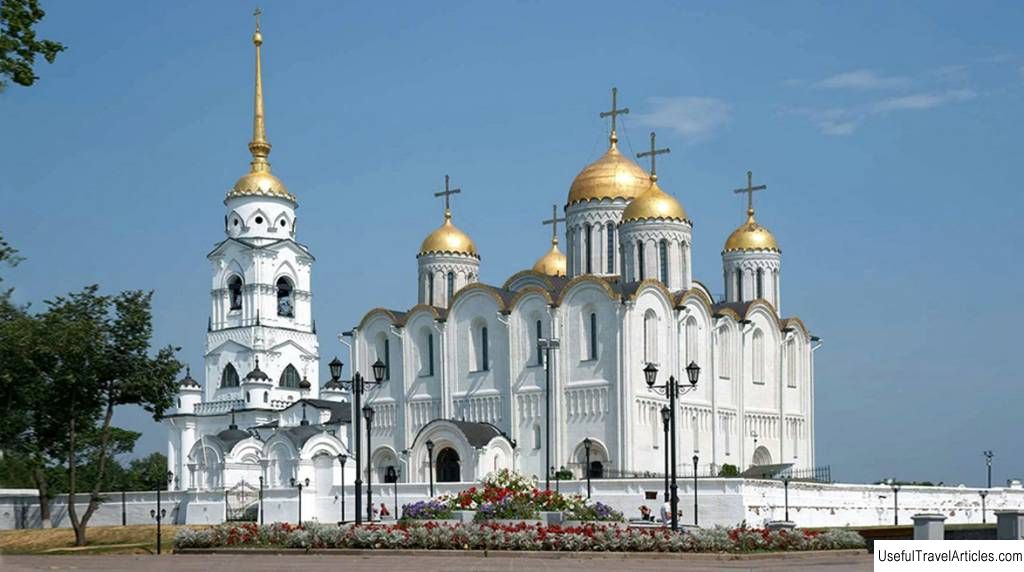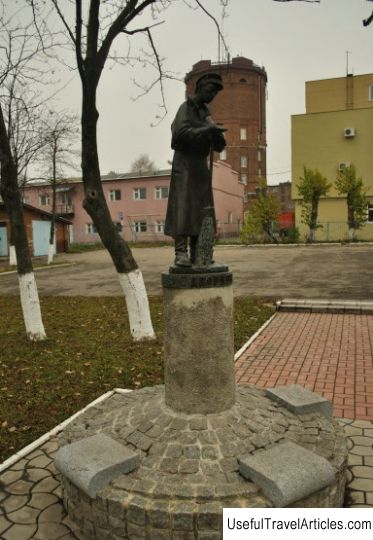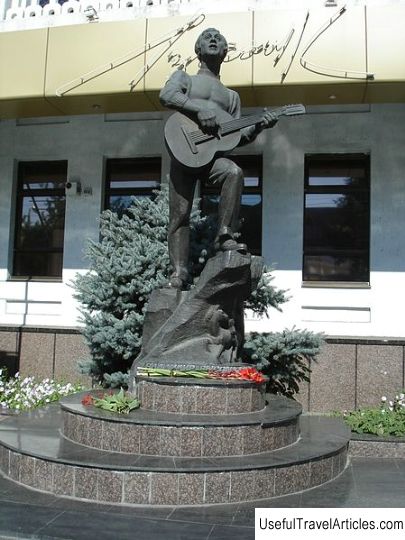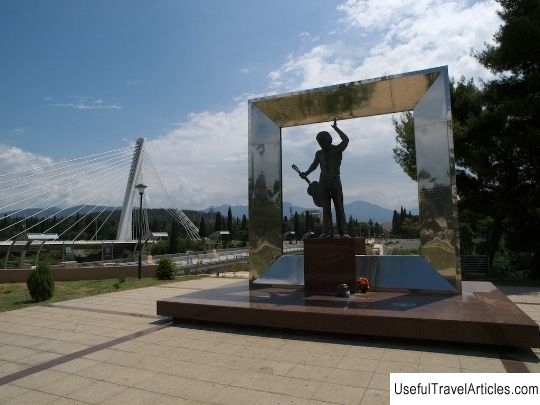Monument to Andrei Rublev description and photo - Russia - Golden Ring: Vladimir
Rating: 8,4/10 (1928 votes) 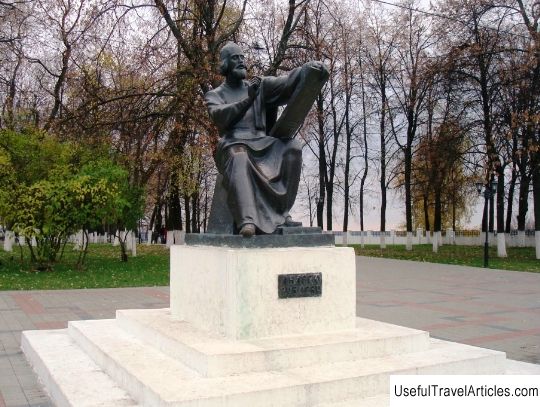
Monument to Andrey Rublev description and photos - Russia - Golden Ring: Vladimir. Detailed information about the attraction. Description, photos and a map showing the nearest significant objects. Photo and descriptionIn the city of Vladimir, on the famous Bolshaya Moskovskaya street, there is a memorial monument dedicated to Andrei Rublev. The monument is located right in front of the entrance to the large city park named after A.S. Pushkin. The monument was cast in bronze and is the most recent work of the talented sculptor from Moscow Komov. The grand opening of the monument took place in August 1995, which coincided with the celebration of the 1000th anniversary of the founding of the city of Vladimir. The largest number of frescoes by the talented artist Andrei Rublev, whose years of life fell on the Middle Ages, are kept in the Assumption Church. To date, the artist's frescoes have been preserved, mostly on the theme of the Last Judgment, which were made in 1408. The period of large-scale national upsurge determined new directions of the great master's work. Rublev was able to find an expression of his attitude, which was significantly different from the Byzantine. He almost completely abandoned the asceticism and severity inherent in Byzantium, which helped to interpret his view of the Last Judgment as righteous. Distinct images of angels, apostles and righteous men are full of lyricism, gentleness and poetry, and their faces are especially similar to those of ordinary Russian people. The images depicted on the frescoes are distinguished by some novelty, as well as by the pictorial techniques that are so characteristic of Andrei Rublev. All these motives were "spied" from Russian nature, which is characterized by soft curvature and smoothness of contours and lines of the drawing, as well as direct clarity of composition and a clear understanding of the properties of architecture. According to local traditions and attitudes by the Local Cathedral belonging to the Orthodox Russian Church, the artist Andrei Rublev in 1988 was canonized and canonized. The brilliant artist Andrei Rublev was born around 1340-1350, and died in the autumn of October 17, 1428 in the city of Moscow - the burial took place at the cemetery of the Spaso-Andronikov Monastery. Throughout his life and after it, Andrei Rublev was not only the most famous, but also the most revered master of the school of icon painting in Moscow, as well as monumental and book painting of the 15th century. As for the biographical evidence of the talented icon painter, they are rather scarce, which is why we have little information about him. It is believed that he was born in the Moscow principality, although other data tell about the city of Novgorod. The artist was educated in a family of honorary icon painters. At the Trinity-Sergius Monastery Rublev took monastic vows, which happened during the reign of Nikon of Radonezh. According to another theory, the taking of the tonsure took place in the Spaso-Andronikov Monastery during the life of the Monk Abbot Andronicus in 1373. It is believed that the name Andrei refers to a monastic, but the secular name has not been defined - most likely, it also begins with the letter "A", which was typical for Orthodox traditions of that time. Today you can see an icon that has survived to our time in good condition. It bore the signature “Andrei Ivanov, son of Rublev”. This icon refers to the late time of its writing, which refers it to indirect evidence that Andrei Rublev's father was called Ivan. The versatile work of the medieval artist was formed on the basis of artistic traditions inherent in the Moscow principality. Andrei Rublev throughout his life was well acquainted with South Slavic and Byzantine art. Already in 1408, Andrei Rublev had already achieved the necessary experience in icon painting, because at this time he worked with Daniil Cherny, with whom they painted the Assumption Cathedral in Vladimir together. In the spring of 1428 Andrei Rublev completed the last work, after which he died in the fall. As mentioned, the burial was carried out in the Spaso-Andronikov Monastery, although other sources refute this fact, without indicating the exact place where the outstanding Russian icon painter could be buried.     We also recommend reading St. Nicholas Church (Sct. Nicolai Kirke) description and photos - Denmark: Vejle Topic: Monument to Andrei Rublev description and photo - Russia - Golden Ring: Vladimir. |
